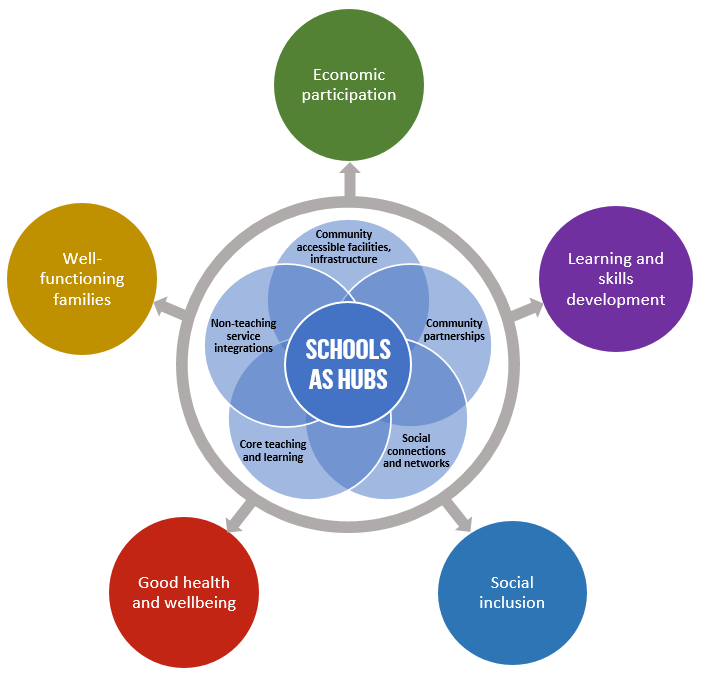Schools are much more than educational institutions. They are hubs for our communities, and places where we can bridge barriers to identifying and addressing health, mental health and other risks in our children and their families.
Schools are entrusted with teaching knowledge and skills, but also building social capability and emotional resilience in our young people.
Through community partnerships, leveraging under-utilised school infrastructure, and well-designed service integrations, schools can provide a universal platform for building social inclusion and economic participation at the level of each community.


